63 glorious years of service of the Eastern Air Command! Here's how crucial the EAC is;
"The Eastern Air Command was born in combat and has grown through battles and is one of the lethal arms of the Indian Air Force which controls air operations over a vast area that straddles 11 states."
Total Views |
The Headquarters Eastern Air Command on Thursday (Dec 1) completed 63 glorious years of service to the nation. The occasion was marked by a wreath-laying ceremony by Air Marshal SP Dharkar, Air Officer Commanding-in-Chief, Eastern Air Command, at the War Memorial.
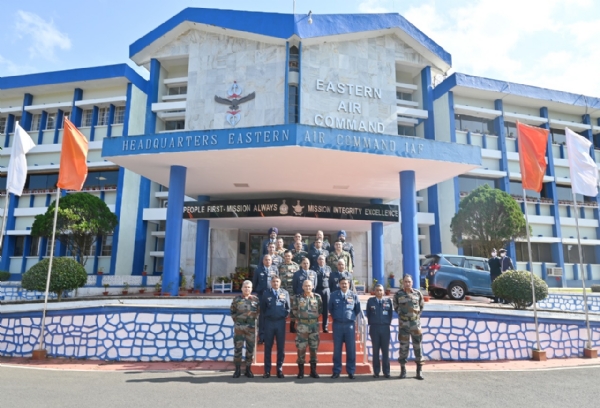
"The Eastern Air Command was born in combat and has grown through battles and is one of the lethal arms of the Indian Air Force which controls air operations over a vast area that straddles 11 states. It includes the seven northeastern states, Sikkim, West Bengal, Bihar and parts of Orissa and Jharkhand covering over three lakh square kilometers," Lt Col Mahendra Rawat, a public relation officer with Defence Guwahati said.
The Command participated in the 1962, 1965, and 1971 wars, and over the years it has impressively contributed towards the evacuation of victims of natural calamities like floods, landslides, and earthquakes. Several new inductions have taken place in this Command to meet the changed security scenario, added Rawat.
The Eastern Air Command is responsible for securing India's territorial sovereignty in the air space over the Northeastern states, as well as part of Bay of Bengal including international boundary with Nepal, Bhutan, China, Myanmar and Bangladesh. In the prevailing conditions, the role of the Eastern Air Command is extremely crucial for India's security and well being. Here's how;
1. Discouraging terrain and weather
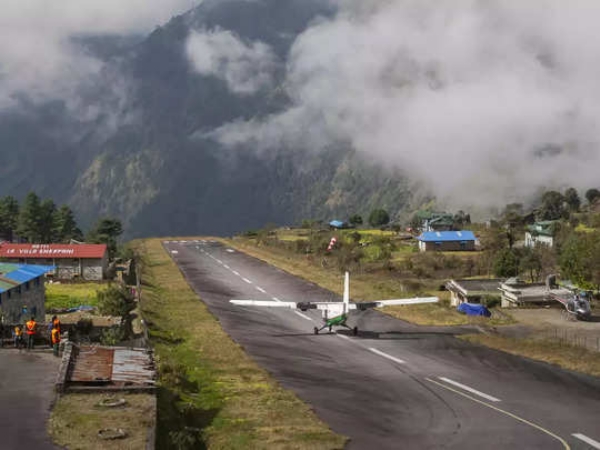
Flying aircrafts and conducting aerial tasks is an exclusive act since the major dominating factor here is the weather as well as the terrain. Both weather and terrain in the north eastern region, which is the major region under the control of the Eastern Air Command, is not much favorable for flying. Since the region comes under the shadow of the Himalayas the winds and streams follow unusual patterns that eventually manipulate the flying activities in the region. Besides, the entire eastern coast is prone to cyclonic winds which makes it further arduous for the command to carry out missions.
2. Deployment in most strategic region
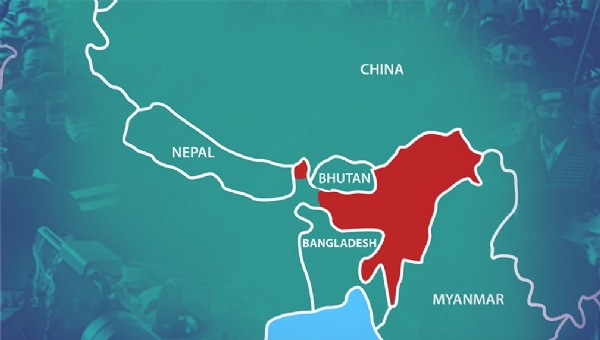
The entire region that falls under the control of the Eastern Air Command is highly significant for India. Out of India's total land border, the air space of almost 60 per cent of the international border is controlled by the Eastern Air Command; India's border with Nepal, Bhutan, China, Myanmar as well as Bangladesh. This is why, the Eastern Air Command has significantly contributed in the wars India has fought in 1962 (Sino Indian War) and 1971 (Bangladesh Liberation War).
3. North East Insurgency and Naxalism
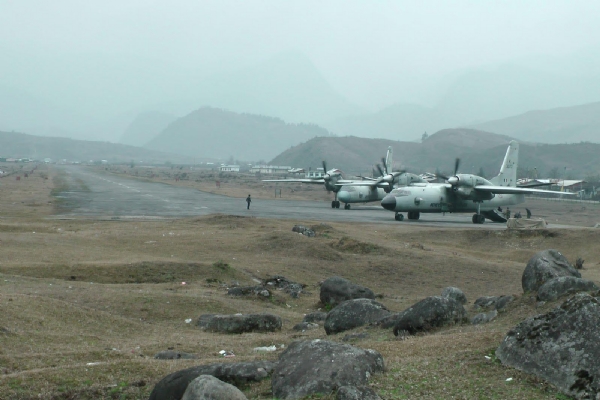
Apart from being deployed in an internationally strategic region, the airspace of the Eastern Command also overlooks the region of India that is highly active in terms of insurgent activities and Naxalism. This particular aspect, possesses immense significance in the presence of Indian Air Force in the Eastern region. The land in this region is naturally designed in a way that gives the indigenous separatist groups of this region a predominance on the land activities of the Indian Armed forces. In such circumstances, even though a skillful task, but the Air force plays key role in Indian security.
4. Role in earlier wars
The Sino-Indian War in 1962 happened with a surprise, when a massive offensive was launched by China in the North Eastern Frontier and Ladakh region, simultaneously. The Eastern Air Command provided support of the Indian Army by undertaking air maintenance support including induction of troops in the forward areas using light transport aircraft and helicopters. Something that is even remembered today as an extraordinary act of the force is that the Eastern Air Command's Aircraft C-119 Packets, Dakotas, IL-14s and Mi-4 helicopters flew much above the ceiling limits over the mountain ranges with heavy loads, in order to support the army.
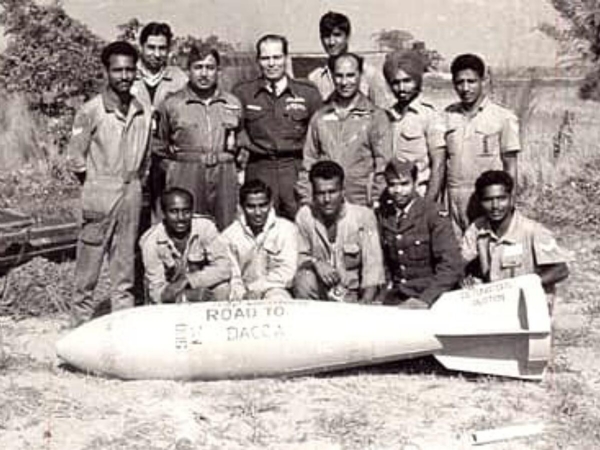
Even during the 1965 India-Pakistan war, the Hunters and Toofanis of Eastern Air Command were deployed in the Western sector to participate in the operations and provide extensive support to the Army.
Later in the 1971 Bangladesh liberation war, the role of the Eastern Command is vital since all the air operations were carried out by the same command. In Dec 1921, IAF had launched a swift attack by bombing Tezgaon and Kurmitola Airfields in the then East Pakistan, in day and night operations, which resulted in the destruction of seven Pak Sabres by Indian Gnats. These attacks provided India with total air superiority over the region.
5. Entrusted with relief to civilians
There are peace time activities all the armed forces carry out. When it comes to the Eastern Air Command, the responsibility of rescue operations is already more compared to the other regions due to constant risks rooting to the cyclonic pattern of winds in the region. The Eastern Air Command, thus stays in a stand by to provide support to the NDRF and state governments as well for their relief measures to tackle such expected natural disasters.
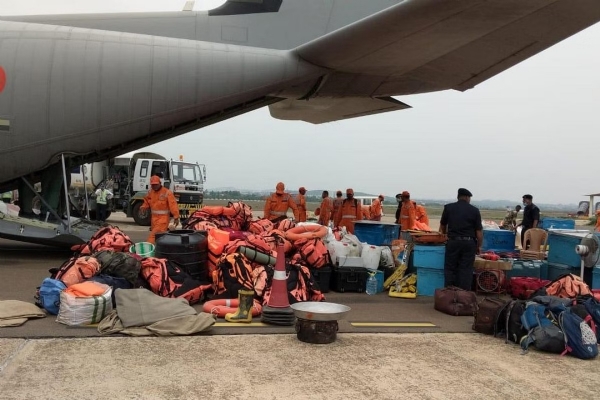
Besides, Eastern Air Command played a significant role during Operation Insaniyat as well, that was launched by the External Affairs Ministry to aid Bangladesh during the humanitarian crisis they were hit by with an ethnic turmoil of a sudden influx of almost 4 lakh Rohingyas into Bangladesh. IAF at that time had transported 7000 tonnes of relief material which included rice, pulses, water and other edibles.
The Eastern Command of the Indian Air Force, thus stands crucial for Indian security in several aspects.
--


